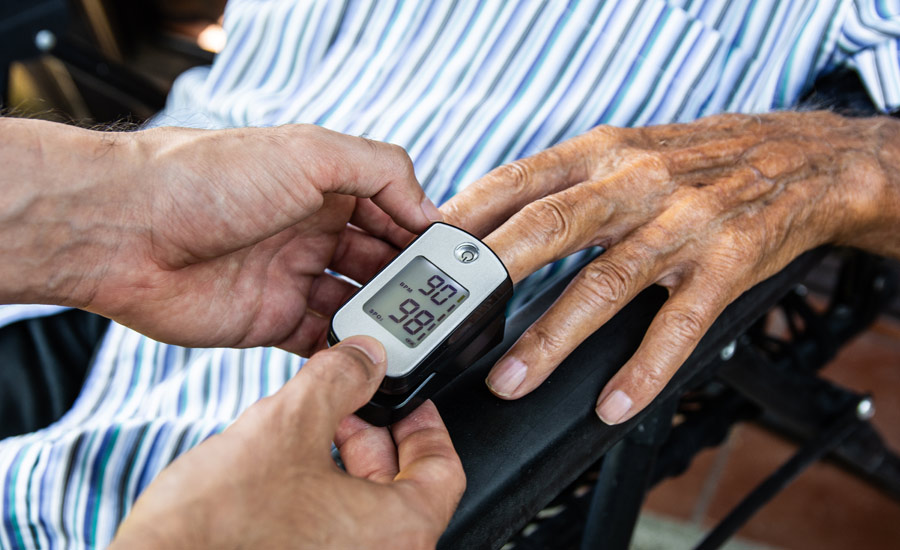The Role of Technology in Managing Chronic Conditions in Care Homes

Managing long-term conditions like diabetes, heart disease or Parkinson’s is an everyday reality in care homes across the UK. But these days, there is a real solution for managing these illnesses. Alongside the skills of staff and input from healthcare professionals, technology is now playing a bigger role in how care is delivered.
Families often ask how this actually works in practice. Continue reading as we explore the various ways technology is being utilised to support residents with chronic conditions for more information.
How is Technology Used to Manage Chronic Conditions in Care Homes?
Technology in care homes manages chronic conditions by tracking residents’ health with digital records and monitoring devices, supporting medication routines with automated systems and enabling video consultations with doctors or nurses. It’s these tools that give care teams early warning of problems, making care safer and more consistent.
Tech Monitoring in Care Homes In More Detail
In care homes, technology is becoming an integral part of how chronic health conditions are managed on a routine basis. Here is a breakdown of the different tools used and how they help residents with long-term diseases:
Digital Health Records
Electronic records bring together care plans, medication charts and health notes in one place, which is essential for residents with chronic conditions like diabetes or heart disease, meaning symptoms, test results and treatment changes can be tracked over time rather than in isolation. If blood sugars rise steadily or blood pressure readings creep up, care staff can flag this to a GP before it develops into something serious. Because these records are shared with doctors, nurses and sometimes hospitals, everyone involved has the same up-to-date information.
Remote Monitoring Devices
Monitoring devices are a godsend for busy care homes because they make it easier to track conditions that need regular checks. Teams might use pulse oximeters to keep an eye on oxygen levels for residents with COPD, while glucose meters support those with diabetes. Readings are logged directly into care records so trends relating to residents’ health become clearer. A small drop in oxygen saturation or repeated high blood sugar readings alerts staff that their treatment might need adjusting. Acting early like this helps prevent avoidable hospital visits and keeps residents more stable.
Telehealth and Virtual Appointments
Video consultations are particularly valuable for residents with long-term conditions who might otherwise need regular hospital visits, saving them precious energy and time. A resident with heart failure, for example, can have their weight, blood pressure and medication reviewed by a specialist without even leaving their room. Carers support by providing readings, joining the call and making sure follow-up steps are fully recorded. Families can participate from afar, too, providing reassurance and a clearer role in ongoing care.
Medication Management Systems
Managing multiple prescriptions is common in chronic illness, but, unfortunately, that’s where mistakes can happen. Luckily, thanks to efficient digital medication systems, those risks are reduced dramatically. They work by prompting staff when medicines are due, log each dose given and can connect with pharmacies and GPs for updates. For residents with diabetes, inhalers for COPD or heart tablets that must be taken at set times, this consistency prevents missed doses and ensures treatment plans stay current.
Safety and Alert Systems
Chronic illnesses often carry specific risks. For instance, residents with COPD may suddenly see their oxygen levels drop, while another with Parkinson’s might be more likely to fall. In care homes, technology can act like an extra pair of eyes. If or when a resident’s oxygen level drops, the monitor alerts staff immediately. If a fall occurs, a sensor triggers an alarm, even if no one is nearby. Instead of waiting until the next round of checks, staff have the chance to step in there and then, often preventing a wobble or slip from turning into something much more severe.
Better Tools Mean Better Care
These days, tech is now woven into how care homes look after residents with long-term health conditions. The result is consistent care that’s more responsive when health changes.
Ready to explore...
